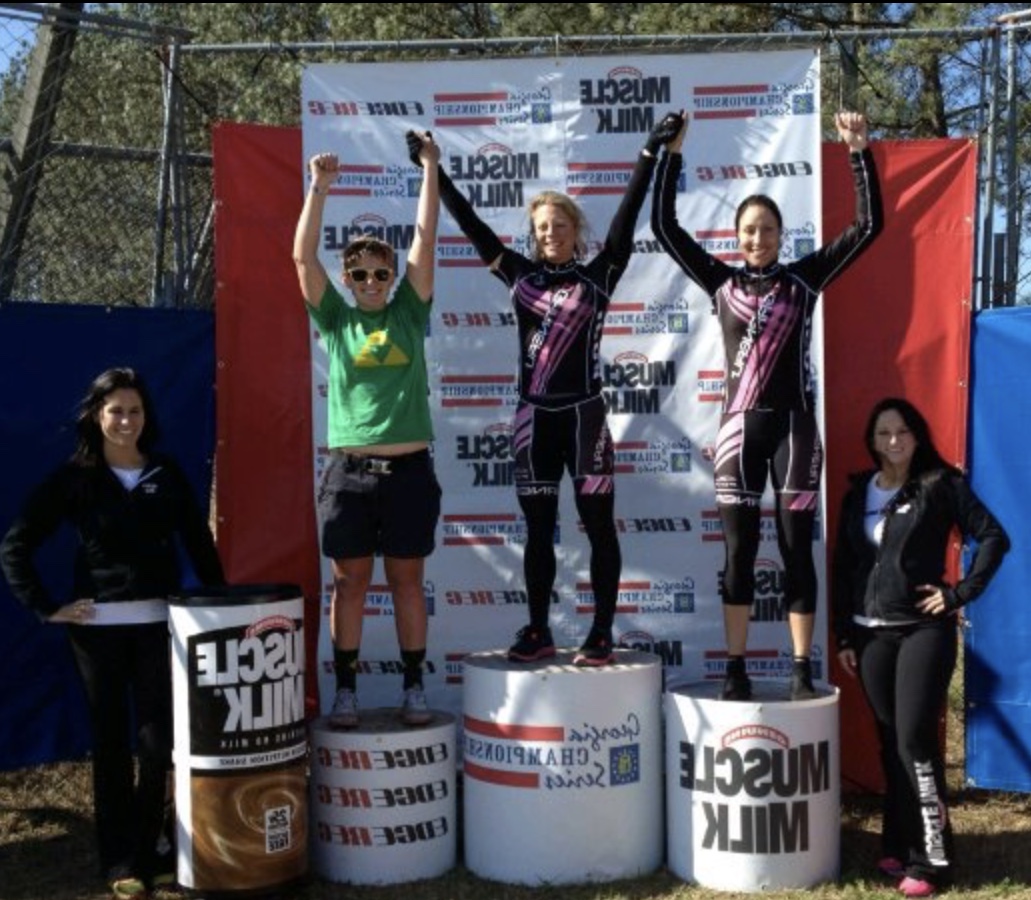Run 5k’s? Train for Ironman’s? Starting a half-marathon regime next month? While all of these are awesome goals to shoot for, often times the programs for such rarely integrate strength training.
If we’re an endurance athlete, of course we need to adhere to the proper training routine to get the most out of our goals and workouts but that doesn’t mean we have to knick the weights entirely during the process.
After all, we need the weights to reduce exercise injury and facilitate our best performing capabilities as an athlete. Who doesn’t want to perform their best?
Bottom line, strength training is imperative to any well-rounded endurance plan.
This is exactly WHY Ryan and I created our first ever 8-week strength based program for athletes HERE.
I can’t tell you the number of endurance athletes that have come to me with “dead butt”, weak hamstrings and a sub-par stable pelvic floor foundation.
In training endurance athletes, I have found that muscular imbalances and mobility issues are common among runners and cyclists. They often suffer from hamstring issues, IT Band tightness, lack ankle mobility, and have VERY tight hip flexors. I personally find it necessary to meet with a physical therapist or qualified personal trainer to develop a strength training program that helps resolve these issues and helps you perform your best!
One very common strength imbalance I notice amongst runners and cyclists, in particular, is the imbalance of the quads versus the posterior chain (think hamstrings, glutes and lower back.) Often, while their endurance training routinely works and strengthens the quads, the glutes and hamstrings do not receive the attention they need, which leads to potential injuries. Without a doubt, including posterior chain dominant exercises greatly reduce the risk of injury for the endurance athletes. Plus, targeting those muscles can greatly improve speed and race performance.
Here’s what I suggest:
- Aim for 2-3 strength training workouts a week year round like THESE. Generally, for most recreational endurance athletes, training this amount each week works well for them.
- Adjust when needed. Meaning, the week of a race or event, I like to taper my clients to a modified lower body workout that sets them up for success for the upcoming event. Of course, I don’t have them lift ridiculously heavyweights the day before the race. We modify, adjust when needed and plan accordingly.
- Find a balance during the season. Typically, during the peak training season for my athletes, I recommend reducing their workouts (both endurance and strength) closer to race time and plan around how they feel. So, let’s say they’ve been coming to me 2-3 times a week, I might reduce that to 1-2 times a week during their highest training times to prevent overuse.
- Find a balance in the offseason. One thing I find so common in the athletes is the need to keep pushing year round. Our body cannot handle the continuous stress for long periods of time and often that type of ineffective training leads to burn out, injury and mental distress. Making sure to cycle your training to keep it enjoyable is just as important as the prep. During the winter months is when I see the biggest increase with the strength training, allowing the body to take a much-needed rest for those that train long hours for endurance races.
I hope these suggestions and tips help! If you’re looking for a structured, well-rounded off season plan you can check out #shreddedstrength and #peachperformance OPEN NOW!
As always, I provide tons of tips, free workouts and nutrition ideas with my weekly newsletter at www.kimschaper.com


